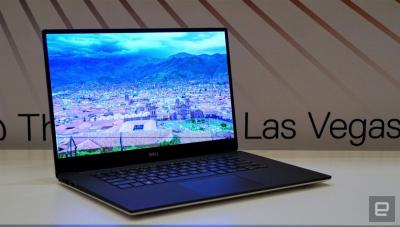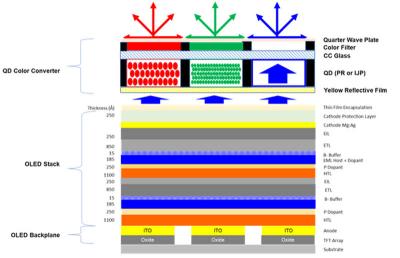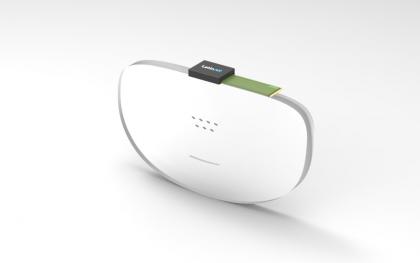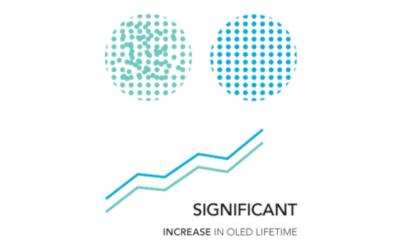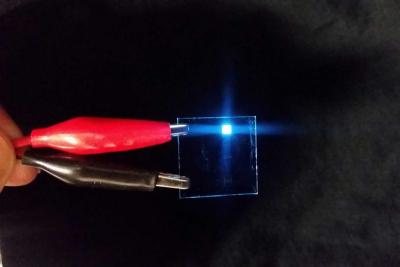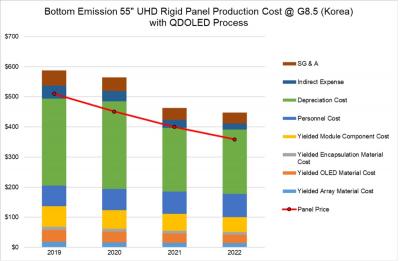UBI: the AMOLED market will grow 13.8% in 2019 to reach $32.2 billion in revenues
UBI Research estimates that the OLED market will reach $32.2 billion in revenues, up from 13.8% from 2018. UBI says the the growth will come from new applications - including foldable smartphone displays, 8K OLED TVs and rollable OLED TVs. Increased yields by Chinese AMOLED makers will also contribute to the growth.
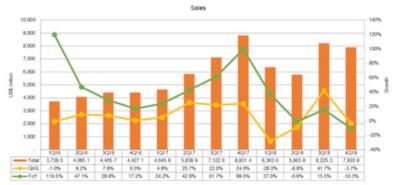
AMOLED revenues in Q4 2018 reached $7.9 billion (down 3.7% from Q3 2018 and 10.4% from Q4 2017). In the whole of 2018, revenues reached $28.3 billion, up 7.1% from 2017 ($26.4 billion). UBI sees the oversupply in the flexible OLED market to continue as high prices prevent adoption in mid-end smartphones.


